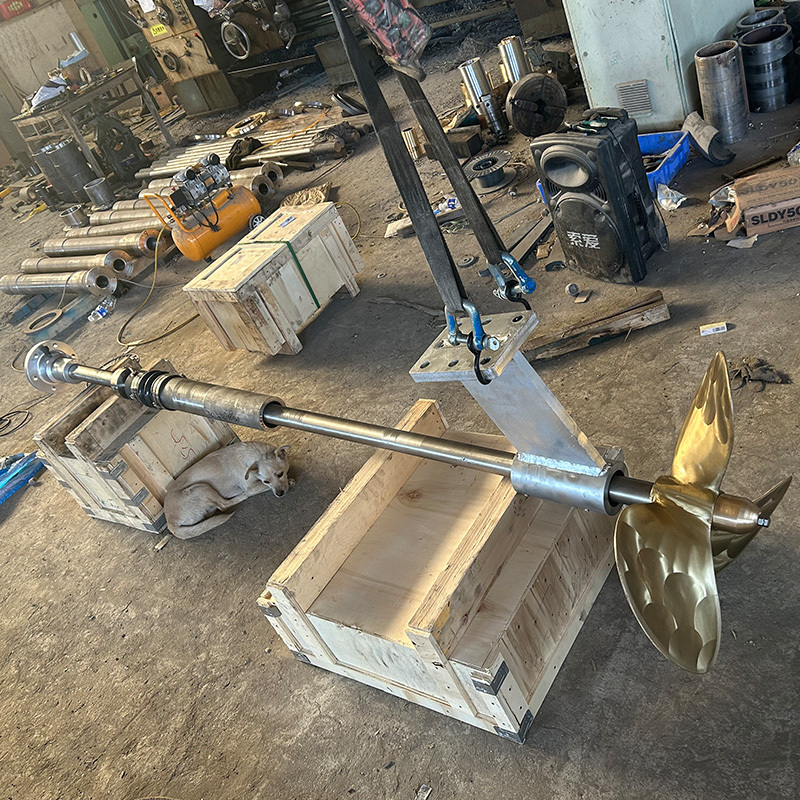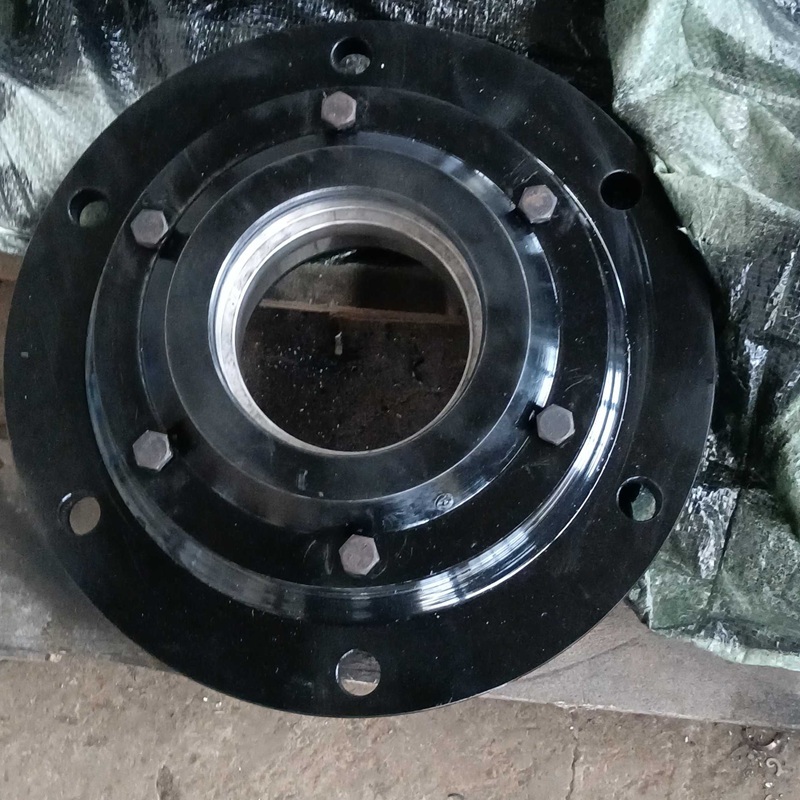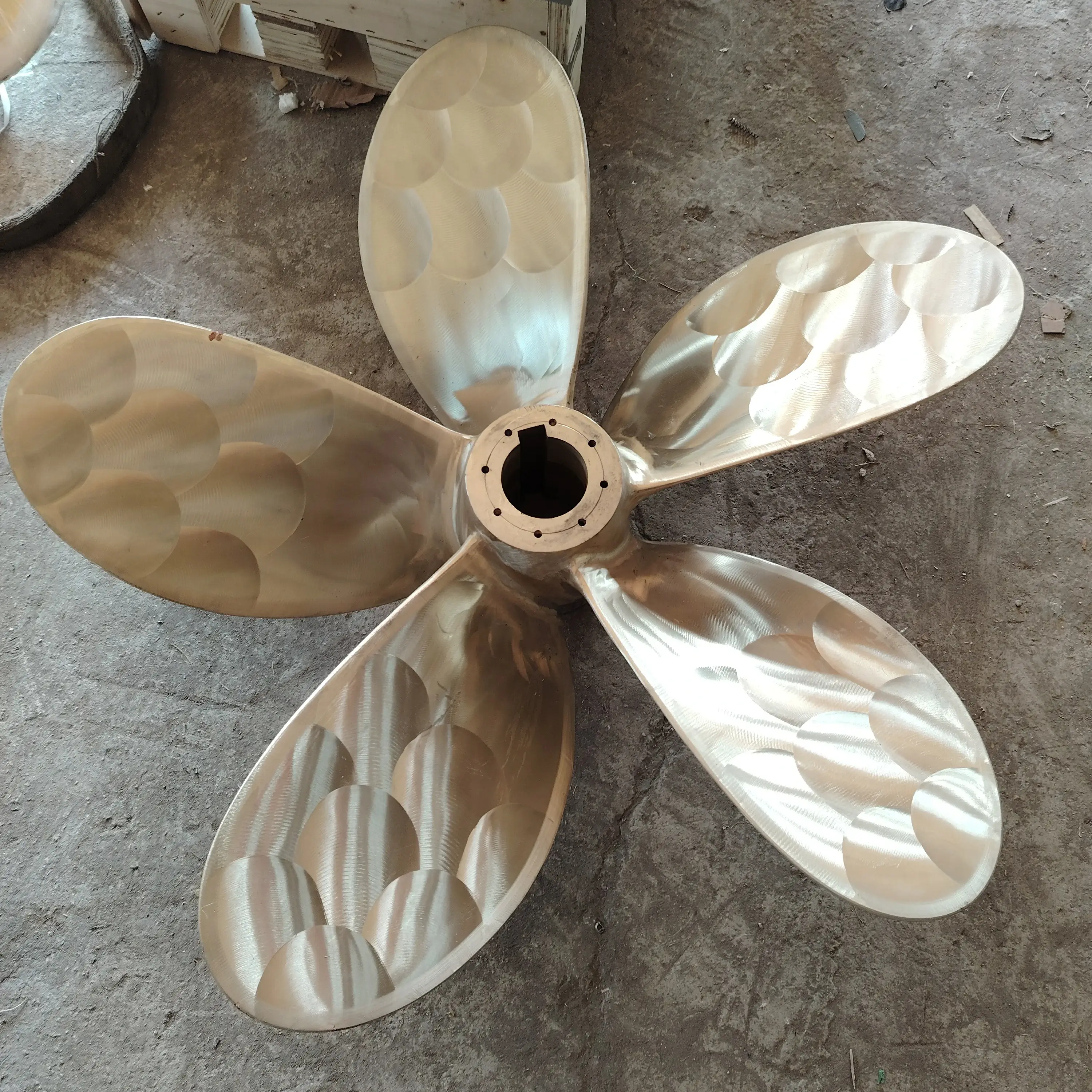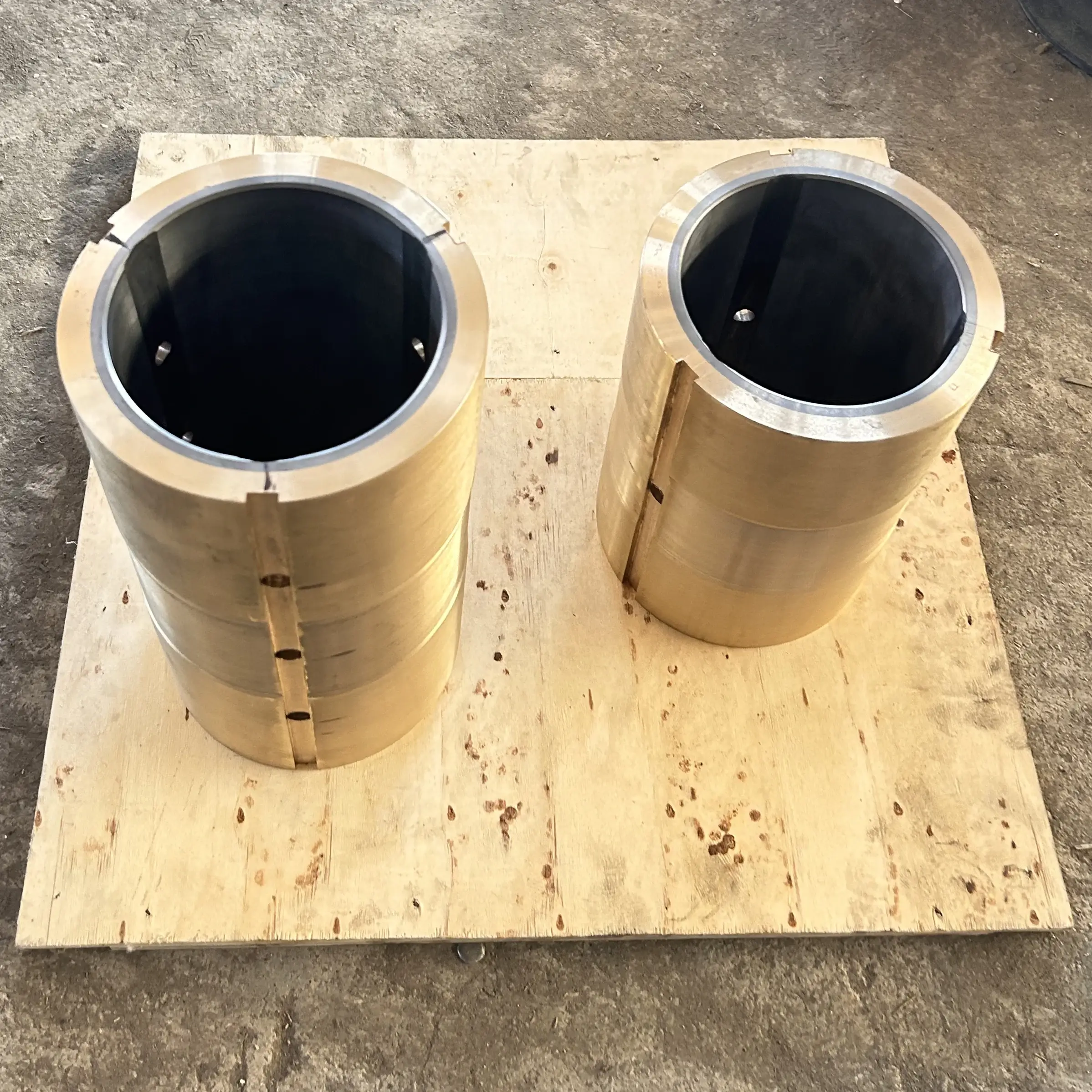Categories
Marine Tail Shaft
After several years' development,our products include screws, bolts, nuts and anchors. Over 95% of our products are exported to the overseas market, such as Europe. America and Southeast Asia.
- Commodity name: Marine Tail Shaft
- Product Description
-
The marine tail shaft is a vital component in a ship's propulsion system. It is the final part of the shafting system that transmits power from the engine to the propeller.
In terms of construction, the marine tail shaft is typically a long, cylindrical shaft made of high - strength steel. This is to endure the significant torque and bending forces during operation. It is carefully machined to precise tolerances to ensure smooth rotation. The surface finish is crucial as it affects the performance of the associated bearings and seals. The tail shaft is often connected to the intermediate shaft through couplings, which need to be robust and reliable to transfer power efficiently.
Functionally, the marine tail shaft's main role is to transfer rotational energy from the engine to the propeller. This allows the propeller to create thrust and move the ship forward or backward. It has to operate in a harsh marine environment, being constantly exposed to seawater. Therefore, proper protection through water - tight seals and anti - corrosion measures is essential. Any misalignment or damage to the tail shaft can lead to vibrations, reduced efficiency, and potential breakdowns of the propulsion system. Regular inspections and maintenance, such as checking for wear, cracks, and proper lubrication, are necessary to keep it in optimal working condition.
The tail shaft is an important element in mechanical systems, especially in applications like ships and some large industrial machinery.
Structurally, it is a shaft that is usually located at the end of a series of connected shafts. It is designed to carry torque and rotational motion. Tail shafts are often made of durable materials like steel alloys. The diameter and length of the tail shaft are determined based on the specific requirements of the system it is part of. For example, in a ship, the tail shaft needs to be long enough to reach from the engine room to the stern where the propeller is located.
Operationally, it is responsible for the final transfer of power to the driven component, such as a propeller in a marine context or other types of rotors in industrial machinery. The tail shaft rotates at high speeds in many cases, and its smooth operation is crucial for the overall efficiency of the system. It requires proper alignment with other shafts and components to avoid excessive wear, vibrations, and premature failure. Bearings are used in conjunction with the tail shaft to support it and reduce friction during rotation.
Key words:
ANCHOR | BOLT | SCREW | NUT | BAND | BRACKET | ROD | OTHER FASTENER | NON-STANDARD
Get A Quote
Note: Please leave your email address, our professionals will contact you as soon as possible!
Related Products





